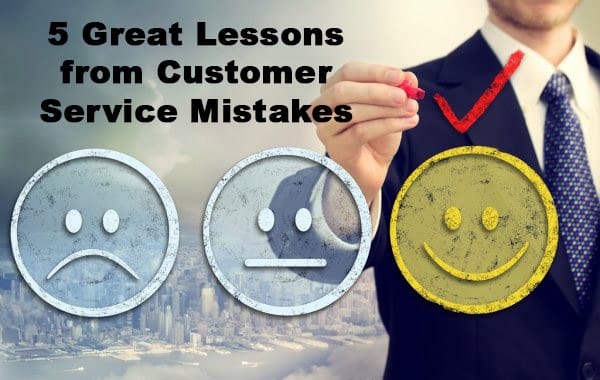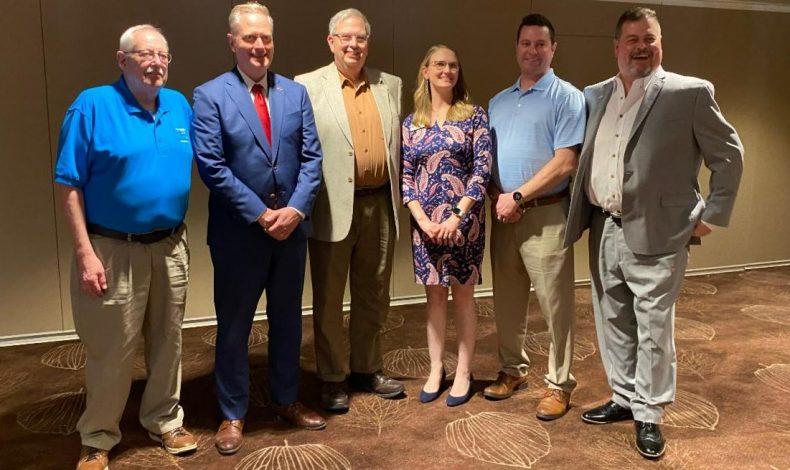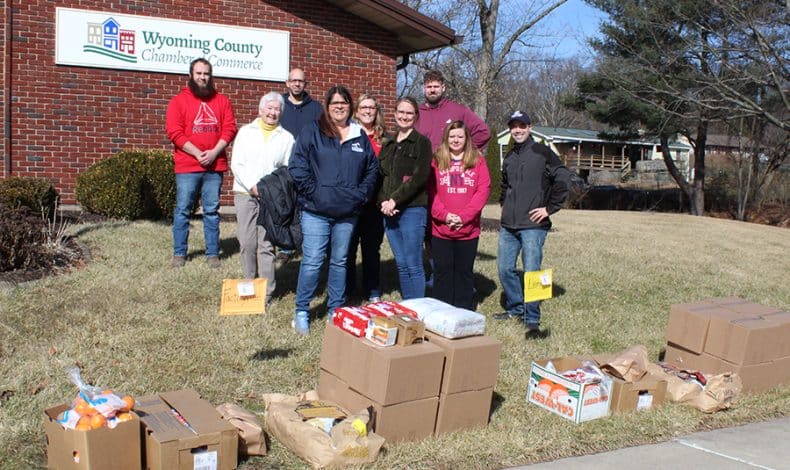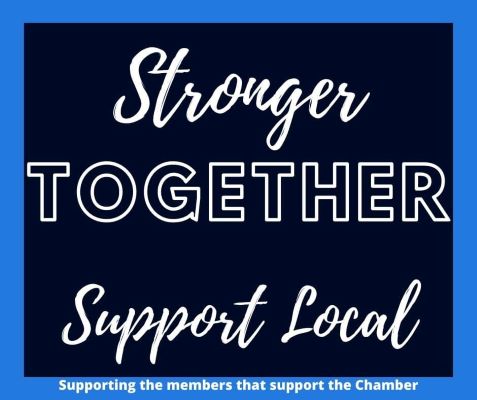
A cruise ship captain once said, “There’s always a weird person at your dinner table. If you’re sitting with several couples and you can’t figure out who the weird one is, chances are it’s you. ”The same can be true of customer service. Every business is convinced they offer stellar service but if you can’t think of a company in your area that offers bad service, it might be you. It’s statistically impossible, not to mention an abuse of a super lative, for every business to offer “the best” service. One is better than the other. We aren’t all 5-starsall the time. But that doesn’t mean we can’t learn from the experience. 5 Great Lessons from Bad Service If you’ve recently received some bad reviews or customer service complaints, here’s how you can learn from them.
1. Listen and respond. Most people will give a business another chance if they feel heard and if something was done to remedy the situation. The remedy may be offering a free service, discount, coupon, or other incentive to try your business again. A florist that missed a delivery deadline for a special occasion and failed to communicate the error, credited the customer125% of the order and guess what that customer did? They gave the florist a second chance. This time their delivery and product were flawless. Mistakes happen. Most people understand that.
2. Under promise and over deliver. It’s always good practice to build in a buffer of time (or cost) on a project or delivery. The customer will be pleasantly surprised when it takes less time (or money) than expected. A doctor’s office admin shared that they tell everyone a specific series of testing will take three hours, but it usually only takes two and a half, although it can take three. She said that way everyone is pleasantly surprised and not upset. When they used to tell patients two and a half hours, any minute over that meant angry patients yelling at their staff. Now everyone is prepared and expects three so if it takes less than that, they’re thrilled.
3. Turn a complaint or bad experience into an FAQ on your website. FAQs are a great way to help people get the info they are most curious about, not to mention bring some good SEO your way with a page that ranks highly in important keywords. When you have a misunderstanding with a customer on a process, procedure, sale, or return, ask yourself if other customers could benefit from that understanding. If so, add an FAQ about it.
4. Set a tickler and make a new friend/loyal customer. If you have an incident of lack luster customer service, follow up with them before it is resolved, once it is resolved, and a few days or weeks after it’s resolved. This kind of attention will make your customer feel like you care. It may also be a good reminder to order/buy from you again. Some businesses create a special email campaign to earn trust back again. In the mail campaign, they look to reengage the customer. A handwritten note checking in can also be very effective.
5. Be preemptive. Reaching out after someone uses your services can be an effective way to make an impression. A pet border sends an email to every pet who stays with them thanking them for vacationing there and reminding the pet parent to let them know if they have any questions or concerns. It’s a nice touch and makes pet parents feel like the business cares. This can quell any concerns they may have over the stay and places a friendly face on the service. Disappointing experiences don’t have to be the end of the customer relationship. There are many ways to salvage the relationship and help reestablish trust.














